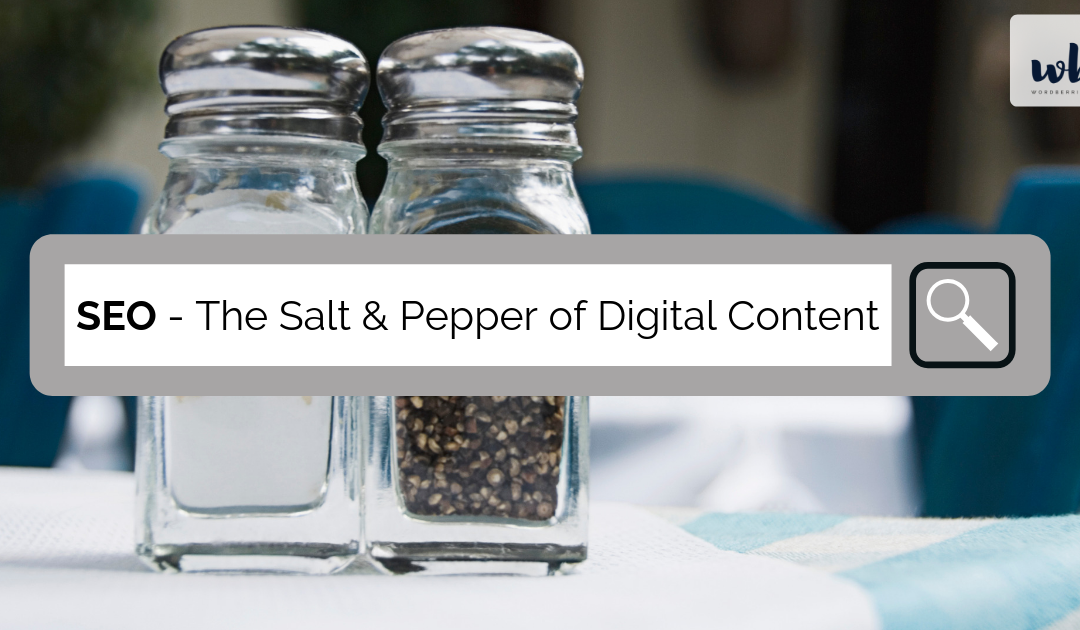Once upon a time, I moonlighted as a freelance writer for magazines like Outlook, or Femina. However, with the advent of digital media, the entire landscape of content changed. The demand for freelance writers exploded and writing became more democratic. If Bollywood had to make a film then, it would be called ‘Anybody Can Write’.
But with digital content, along came the big bad wolf – the SEO frenzy, which ate up all the creativity, and led to senseless, keyword-stuffed articles for websites and blogs. Thank God… no…. thank Google who evolved their algorithms and punished this SEO stuffed content. I draw the analogy of using SEO like salt and pepper – not too much, not too little, just right.
To cite an example how one should approach SEO as a writer, here is a case study of our own content IP www.sheandyou.in, a portal on women’s intimate health, and this is how we are approaching SEO:
A) Think of the reader, not the SEO first: So first we made content topics which are relevant for the target audience (metro and semi-urban women between 18 to 45 years), irrespective of SEO. The laundry list of topics comprised everything from menarche to menopause.
B) Make SEO the salt: SEO is more like salt – important, but you can’t have an entire dish made of salt. We made about 70 posts, which were SEO-friendly but not dependent. E.g. one of the topics is about ‘causes of vaginismus’, and it is probably one of the least searched keywords because people do not know that this is actually even a word. But does that mean it won’t feature on the site?
C) Add the right amount of salt: Next, we came up with a list of SEO keywords which we could add in the post, instead of making all posts around keywords. One of the best SEO practices is to have a keyword density of about 1%, which means in a 500 word post, you need it to appear maximum 5 times.
D) Sprinkle SEO like pepper in your article: We used longtail keywords e.g. ‘what is menstruation’ which was also a topic, in creative ways differently in sentences. For instance:
‘Over 40% men in India do not know what is menstruation’
‘It is important for schools to teach what is menstruation for the benefit of the young girls and boys’
‘So today, let us understand what is menstruation from our expert Doctor’ and so on.
Use it like pepper, sprinkle it on the right things in different styles.
E) Make SEO-Friendly Content, not SEO-led content: Now one of the long keywords which was suggested to us was ‘women’s sexual health’. But how many articles can we make around this one keyword? Instead, we use this keyword in relevant articles where it fits in well and flows very naturally in the post. E.g. in the vaginismus article, we weave it in sentences like ‘It is important to know more about vaginismus as it affects women’s sexual health’.
For more examples, read: http://sheandyou.in/wait-female-sexual-dysfunction-actual-thing-part-2/
In short, for any content, whether digital or not, first and foremost, it is the reader who is important. SEO is just a tool. Not the focus to help your content in organic search. Use it smartly and wisely like salt and pepper and make your content digitally delicious!


 About the author:
About the author: